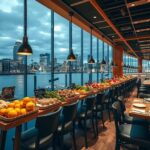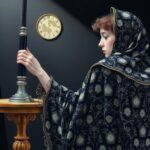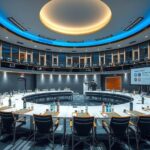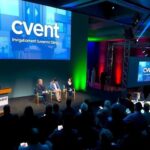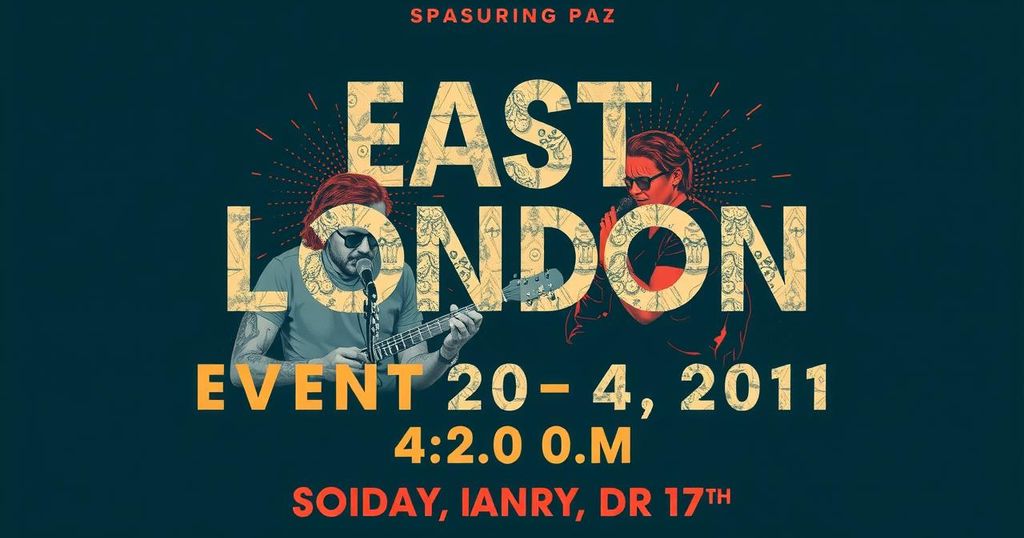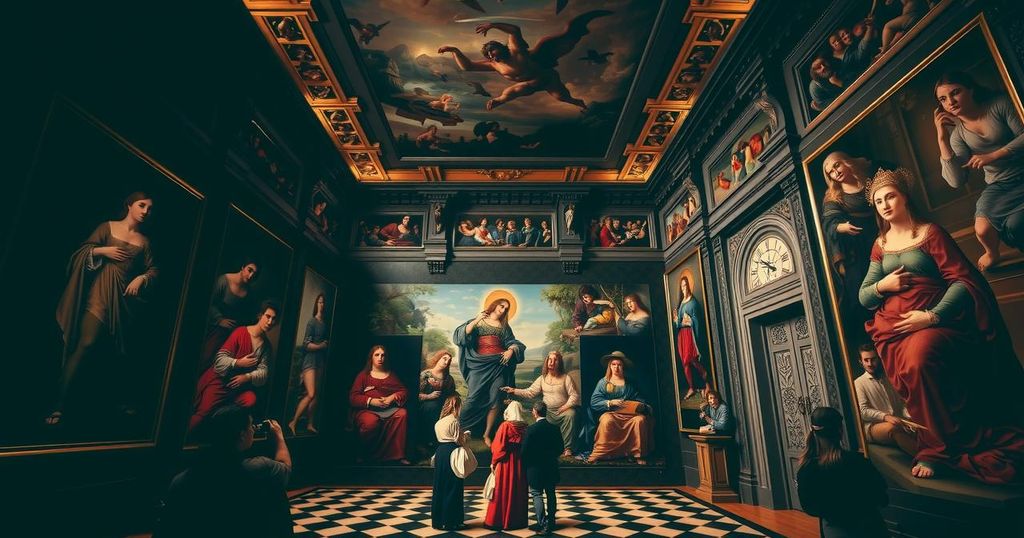The Royal Academy’s exhibition explores the rivalry and influence between Leonardo, Michelangelo, and Raphael in 16th-century Florence. Highlighting their competitive spirit, the show features key works and drawings from 1504, a pivotal year when Michelangelo unveiled “David” and Leonardo worked on the “Mona Lisa.” Raphael’s arrival to study at this dynamic period further enriches the narrative of artistic exchange.
A new exhibition at the Royal Academy in London explores the dynamic interplay between three towering figures of the Italian Renaissance: Leonardo da Vinci, Michelangelo, and Raphael. Set in the context of early 16th-century Florence, the exhibition illustrates their rivalry, mutual influence, and artistic camaraderie through a collection of drawings, paintings, and sculptures. A pivotal year in their lives was 1504 when Michelangelo’s sculpture “David” became a symbol of Florence’s independent spirit, alongside Leonardo’s ongoing work on the “Mona Lisa.” The exhibition also highlights the emergence of Raphael, who aspired to learn from these artistic giants. The exhibition, titled “Michelangelo, Leonardo, Raphael,” is on display until February 16 and reveals how these artists interacted during a transformative period for Florence, which had recently transitioned from Medici control to a new republican government. Among the featured works are not only famous paintings, but also many lesser-known drawings that showcase the experimental side of each artist’s creative process, particularly how they influenced each other’s techniques and ideas. The discussions among artists in 1504 regarding the placement of Michelangelo’s “David” highlight the collective artistic ambition fuelling the city at the time. Leonardo, significantly older and a veteran artist, weighed in on Michelangelo’s work, while Raphael arrived to absorb the inspiration from both. This exhibition seeks to illuminate the layers of influence that shaped not just their careers, but the very landscape of Renaissance art.
The late 15th to early 16th century was a remarkable period in Florence’s history, marked by significant political changes and a flourishing of artistic talent. Under the rule of the Medici family, Florence experienced a cultural renaissance, but by the early 1500s, the political landscape was shifting toward republican governance, fostering a new sense of artistic independence. Artists like Michelangelo, Leonardo, and Raphael became central figures in this transformation, competing and collaborating in a rapidly evolving city that valued innovation in art. Their legacies continue to resonate in Western art history today.
The exhibition at the Royal Academy sheds light on the rich interactions between three of the most revered artists of the Renaissance, demonstrating how rivalry can foster innovation and how influence permeates artistic endeavours. By weaving together their stories through key works, especially in their formative years, the exhibit presents a fascinating look at the collaborative spirit and competition among Leonardo, Michelangelo, and Raphael. This historical context not only enhances appreciation of their individual masterpieces but also enriches our understanding of the Renaissance itself.
Original Source: www.nytimes.com
